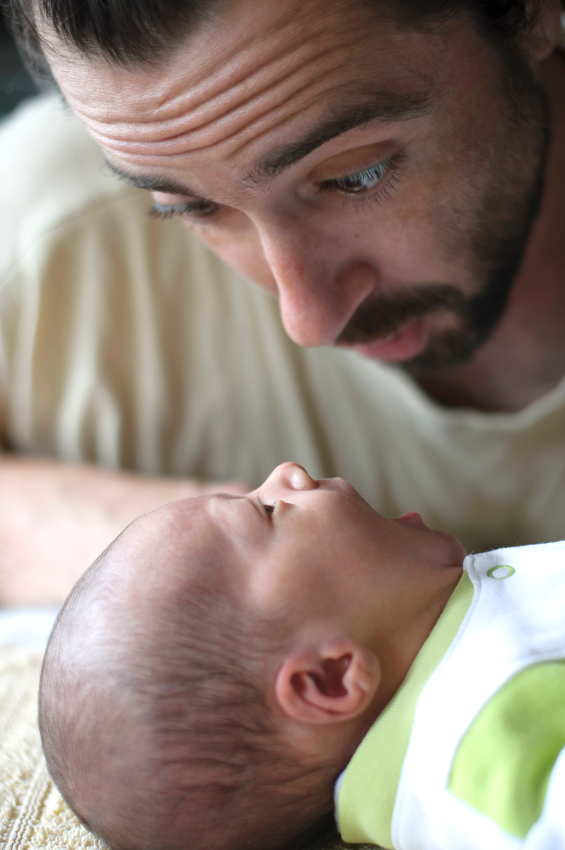Every parent has to deal with a child’s fever sooner or later. It’s natural to be concerned. We’ll answer some common questions to help you understand children’s fevers a little better.
What causes a fever?
There are many causes of fever. Most fevers are caused by either a viral or bacterial infection. Common infections that cause fever are colds, influenza, ear infections, strep throat, pneumonia, bronchiolitis, gastroenteritis, and urinary tract infections. Less commonly, fever can be caused by something other than an infection, such as rheumatological diseases (e.g. lupus), death of muscle and body tissues, cancers and blood clots.
Fever is one of our body’s natural responses to infection. Many bacteria, viruses, and other microorganisms don’t survive well at elevated body temperatures. Our immune system also kicks into high gear when fever is present allowing the white blood cells to work more effectively. Children with fever often feel warm, have flushed skin, shiver, have muscle aches, and may eat less.
How should I take my child’s temperature?
A rectal temperature is the most accurate way to measure the core body temperature. This is especially important in infants as we take fever very seriously in the first two months of life. A fever is considered any rectal temperature over 100.4 F in the newborn age group. To take a rectal temperature, apply a thin layer of Vaseline on a thermometer and place it about 1/2 inch into the rectum (it is not painful to the baby). Outside of the first two months of life, the height of the temperature should be taken into consideration along with the symptoms that accompany the fever (see paragraphs below) and how long the fever has been present. Outside of the newborn period, taking the temperature with an ear thermometer or in the armpit is fine. Once children are old enough to hold the thermometer in their mouth, this method works very well and is accurate.
When should you worry?
Most fevers do not represent a serious illness, but it is not always easy to know the difference between a cold and a serious bacterial infection (even for the pediatrician!). Warning signs of a serious illness include difficulty in waking up a child, inconsolable crying, difficulty breathing, confusion or a stiff neck. When your child has a fever and rash, this can sometimes represent a serious illness. There are also times that, as a parent, you just know something is wrong with your child. A mother or father’s “gut feeling” is worth a lot! In all of these cases, you should contact your doctor right away.
How should I treat my child’s fever?
In addition to contacting your pediatrician, there are some important things to keep in mind for treatment of your child’s fever. If the child appears comfortable, treating a fever with Tylenol (acetaminophen) or Motrin (ibuprofen) usually is not necessary. However, when a child with a fever acts and feels sick, these medications are helpful at bringing down the temperature and helping the child feel better. Putting cold washrags on the forehead and wrists also brings down the body temperature.
It is important to prevent dehydration in children with fever. Your child’s fever causes the body to sweat more and the lungs to breathe faster. Both of these mechanisms cause the body to lose water. To counter this, give frequent sips of water, Pedialyte or fruit juice. Signs of dehydration include dry lips and decreased urination. Don’t worry if your child is eating less as this is normal.
What shouldn’t you do?
- Don’t give aspirin. It can cause a rare but serious illness called Reye’s syndrome.
- Don’t give more Tylenol or Motrin then recommended on the bottle, as both can have serious side effects if given improperly. Follow directions on the bottle for dosing, or call your pediatrician.
- Don’t bathe your child in alcohol or cold water to bring down the temperature.
Do high fevers cause brain damage?
Although this is a common concern among parents, this is only true in a few select and rare circumstances. These include hyperthermia (i.e. heat stroke) and fever due to certain rare conditions such as thyroid problems, bleeding in the brain or certain medications. These conditions can cause the temperature to rise above 107 F, which in some cases can cause brain damage, organ failure, and death. There are certain serious infections such as meningitis that can also cause fever and, if untreated, damage to the brain. In this case, it is not the fever, but the infection itself that is causing harm to the brain.
Can high fever cause seizures?
It is true that fever can cause seizures in some children when they become sick with a routine infection. However, it is not the height of the child’s fever that is causing the seizure. Rather, in some susceptible children, it is the rapid rise or fall in temperature that causes the child to have a seizure. These are called febrile seizures and occur in 2-5% of all children. Thankfully, they do not cause brain damage.





Comments